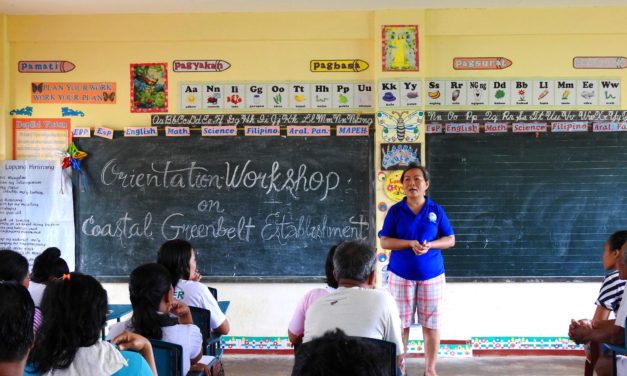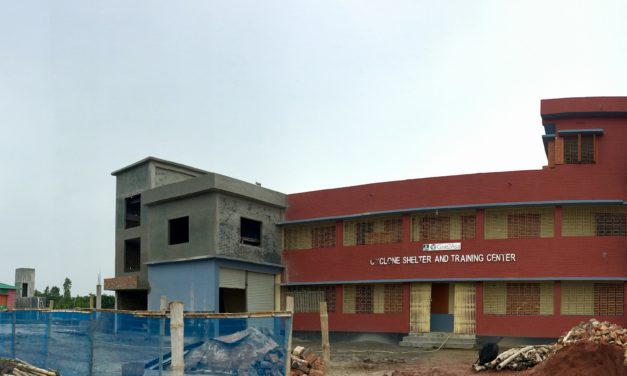Enhancing Climate Change Resilience and Food Sustainability of Indigenous People in the Cordillera Region in the Philippines
The Cordillera Region in northern Philippines is mountainous with a fragile geophysical landscape. The slopes are denuded of trees and the grounds are unstable because of large mining activities. In 2009, Typhoon Parma caused a massive landslide in some of its provinces that wiped out villages and buried schools. The Cordillera Region is famous for the rice terraces, a system of rice fields carved on mountain slopes. For the indigenous people (IP) living there, the terraces are considered an indigenous technology developed to mitigate the impacts of landslides. The IPs also observe the Begnas Ceremony, a cultural ritual, to...
Read More





Recent Comments